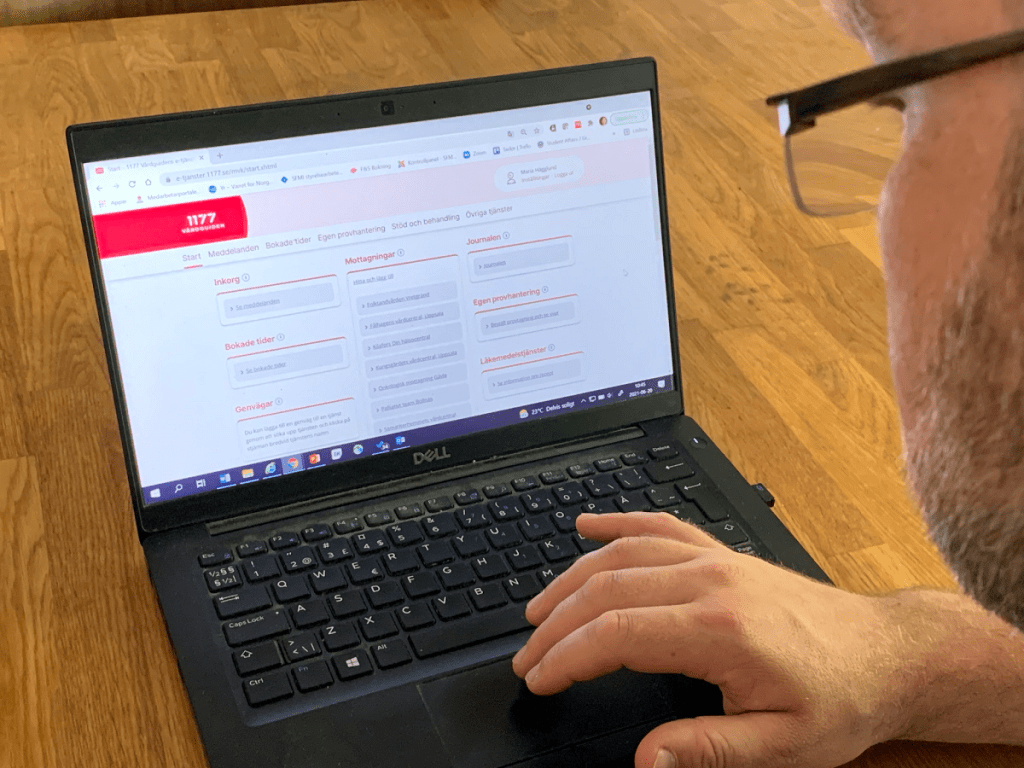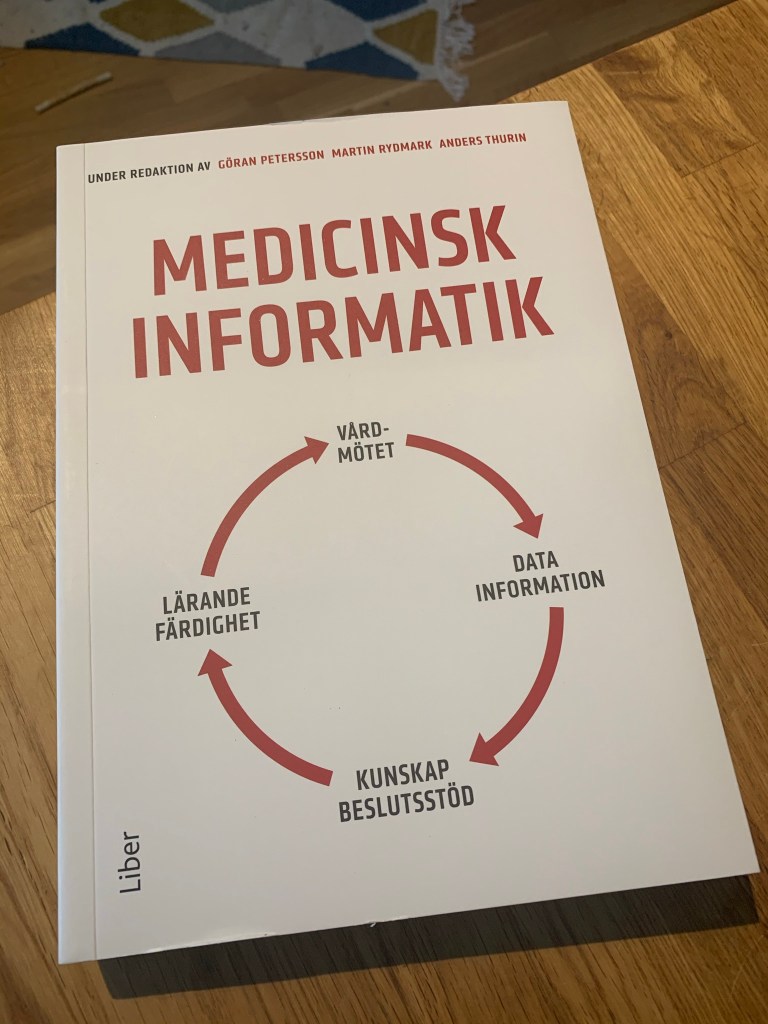Do you miss travelling to conferences? I do.
Of course I see the benefits of less travelling too – for environmental reasons not the least! We can meet online, it’s easier to squeeze into busy schedules, more people will have the opportunity to attend etc. But I still miss the travel experiences, this is often where colleagues becomes good friends.

At times, it has also been possible to combine conference travel with family travel. Above are pictures from Hangzhou in China, where MedInfo 2017 took place. My family joined me on this trip and spent time exploring the West Lake – an amazing place.
The West Lake Cultural Landscape of Hangzhou is in fact a UNESCO World Heritage! Over the years, we have created a challenge to visit as many world heritage sites as possible. So far, I’ve visited 127 of 1154 – and I hope to visit many more. Pandemics and global warming will however continue to impact on our travel plans, but I cherish all the wonderful memories from around the world. For now, I will explore local wonders instead – but I do hope that we will be able to travel the world again in the future, in sustainable and responsible ways.
Until then, I will have to make do with adding “old” travel to my list. When UNESCO published their 2021 additions to the list, I was happy to see I had already visited a few; Nice (pure family vacation), the Porticoes of Bologna (for the wedding of a friend), and Bath (as part of the Great Spa Towns of Europe). Travel done continues to bring joy!



